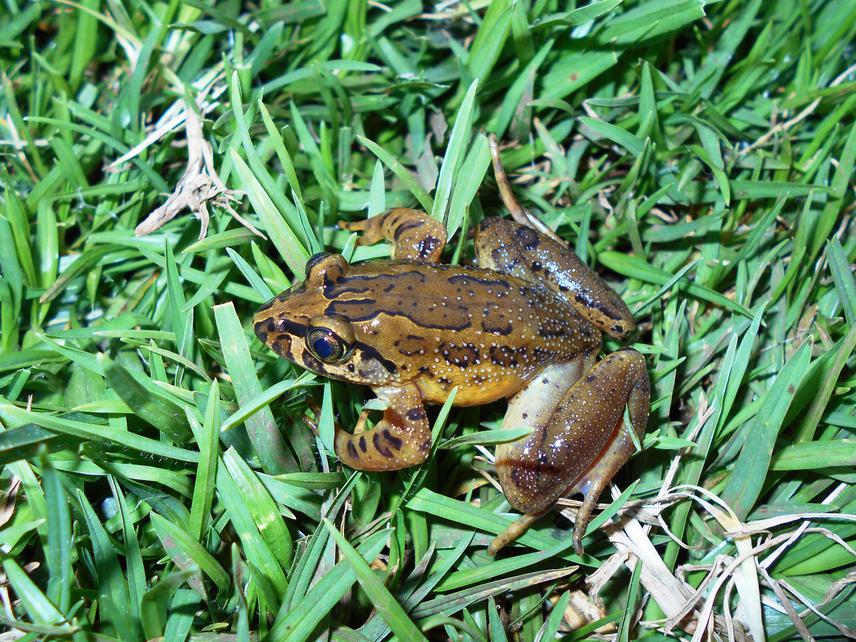Arnaud Marius Tchassem Fokoua
Other projects
12 Feb 2014
Influence of Anthropogenic Activities on the Distribution and Conservation Status of Amphibians of Bamenda Highlands
16 Dec 2021
Intensifying Efforts to Rediscover and Save the Last Mountain Toads of Mount Bamboutos, Cameroon
18 Oct 2023
Improving Community Engagement for the Restoration of Degraded Habitats of the Endemic and Highly Threatened Amphibians in Mount Bamboutos, Cameroon
To make management plans to restore degraded habitats and Investigate the impact of human activities on the habitat preference of amphibians.
Many of the Endemic amphibian species of Mounts Oku, Bamboutos and Mbam are facing the risk of extinction due to the interference of man with nature. Leptodactylodon axillaris, L. perreti, Petropedetes juliawurstnerae, Wolstertorffina mirei, Xenopus longipes and Werneria bambutensis, labeled critically endangered by the IUCN are endemic of these localities. These species are very rare, i.e. amphibian assessments in these forests failed to detect them, certainly due to the destruction of their habitat. Therefore, this project is intended to generate latest information on the Ecology of these species.

Astylosternus cf. ranoides.
This project combines several main components:
1. Amphibian surveys: We will provide information on range, ecological requirements and abundance for data deficient paying particular attention to many un-surveyed localities. These data are absolutely crucial to allow the conservation community to assess the current threatened status;
2. Community action: We will work closely with, indigenous and rural communities. We will train park-guards, local people and young biologists in amphibian survey techniques and conservation issues.
3. Conservation education: We will carry out conservation education workshops aimed at communities where severe habitat loss/degradation is occurring and which contain important populations of amphibians of conservation concern.
We hope to encourage a change on the local community vision about the importance of conserve the native highland grasslands as refuge for endemic species.
The specific activities will include:
1) Use GIS to record breeding sites and make management plans to restore degraded habitats (if necessary) around these points;
2) Evaluate how endemic amphibians disperse relative to other animals in the study site;
3) Assessing the habitat preference to best understand their ecological needs based on human disturbances.
Based on preliminary observations conducted recently on our study sites, a combination of: Visual Encounter Surveys (VES); Acoustic Encounter Surveys (AES) and Random Searches (RS) will be deployed for this study cases.
1) Visual Encounter Surveys (VES). This technique involves choosing random directions and walking tracks existing already in the forest.
2) Acoustic Encounter Surveys (AES); Calling males will be recorded during field trips using a digital tape recorder for every breeding site identified along seasonal small streams.
3) Random Searches (RS): Random searches will also include opportunistic observations when moving within the study area in each type of habitat. Cumulatively, these observations will contribute more to know occurrence of amphibians than any other method.
4) The nets will naturally be used to capture aquatic species.